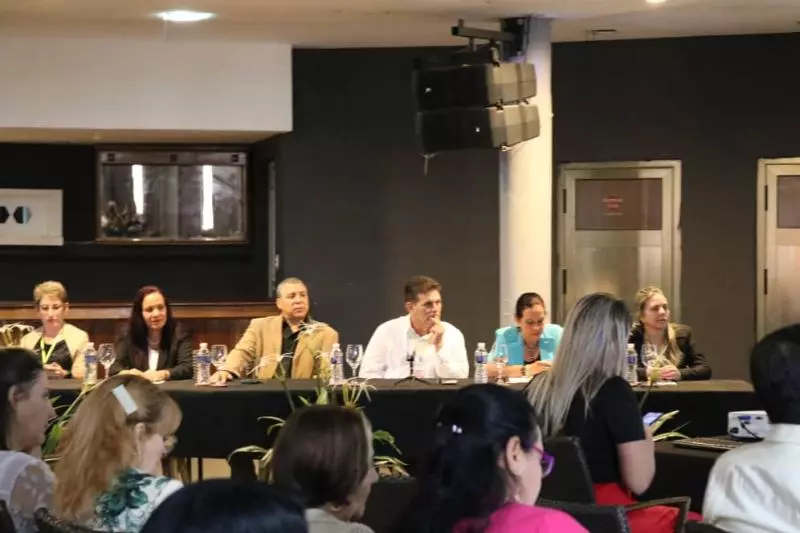For almost a decade, the scientific activity of the Imaging Chapter in Holguin has increased with the realization of workshops, specialized conferences, accredited courses and scientific conferences. These reasons led to the hosting of the Hepatocarcinoma Symposium (HCC in the Spanish acronym) in Eastern Cuba, from February 26 to 28, with the participation of about 120 health professionals from all over the country.
According to Dr. Yamila Cruz, president of the Imaging Chapter in the province, the event takes place as part of the First National Imaging Conference and acquires great importance and novelty because it brings together specialists in imaging, oncology, gastroenterology and surgery.
She added that for the first time, outside the Cuban capital, the first results of research on Hepatocarcinoma are generalized with the intention of improving the quality of life and health of cancer patients.
During the scientific session of the event, lectures were offered on the need for an interdisciplinary approach in the management of patients with Hepatocarcinoma.
Also noteworthy were up to date knowledge on the monitoring and evaluation of HCC; Ultrasound examination in the surveillance of this location; Imaging behavior; Non-invasive diagnosis and endovascular treatment, given by doctors Dayron Páez Suárez, from the Hermanos Ameijeiras Clinical Surgical Hospital; Melvis González Méndez, from the Dr. Carlos Juan Finlay Central Military Hospital and by Dr. Pedro Pablo González Rojas, from the Hermanos Ameijeiras Clinical Surgical Hospital, respectively.
As for the experiences of the latter radiologist, presented at the symposium, who is also President of the Cuban Society of Imaging, this research project is dedicated to the diagnosis of hepatocarcinoma, based on dynamic studies, which consist of high-tech studies carried out by computed tomography, multidetector and high-field magnetic resonance studies.
In this project, González Rojas said, “those patients who have a chronic liver disease who have a focal lesion such as a nodule or a mass participate and these dynamic studies are performed, in which a contrast medium is administered and the dynamic behavior of that lesion is established. Based on these findings, one can establish whether or not it is a hepatocellular carcinoma.
“If this diagnosis is corroborated, the treatment can be embolization, a procedure carried out by the interventional radiologist and by administering a catheter to the center of the lesion, substances, embolizing particles embedded in a medication are released to treat it directly,” he added.
“So this research has contributed a lot to trying to have surveillance on patients with diseased liver, either for cirrhosis caused by alcoholism or metabolic syndromes,” concluded the also head of the National Imaging Group.
Currently, hepatocellular carcinoma is an oncological disease of the liver with a high incidence. So Holguin imaging proudly hosted this first Hepatocarcinoma Symposium of the East because it favors multidisciplinarity and contributes to the development of health in the province.
The conference also had a virtual modality, with a pre-congress course where specialists from different provinces participated with a novel topic related to ultrasound in the emergency, which contributes to the purpose of favoring hospital care and raising the quality of care for emergency patients who come to hospital centers.
By: Maylín Betancourt Verdecia/ Translated by Radio Angulo
- Cuba Adopts Winter Time on November 2nd - 1 de November de 2025
- Venezuela Sends Humanitarian Aid to Cuba and Jamaica - 1 de November de 2025
- Cuba clarifies alleged offer of aid from the U.S. - 1 de November de 2025

